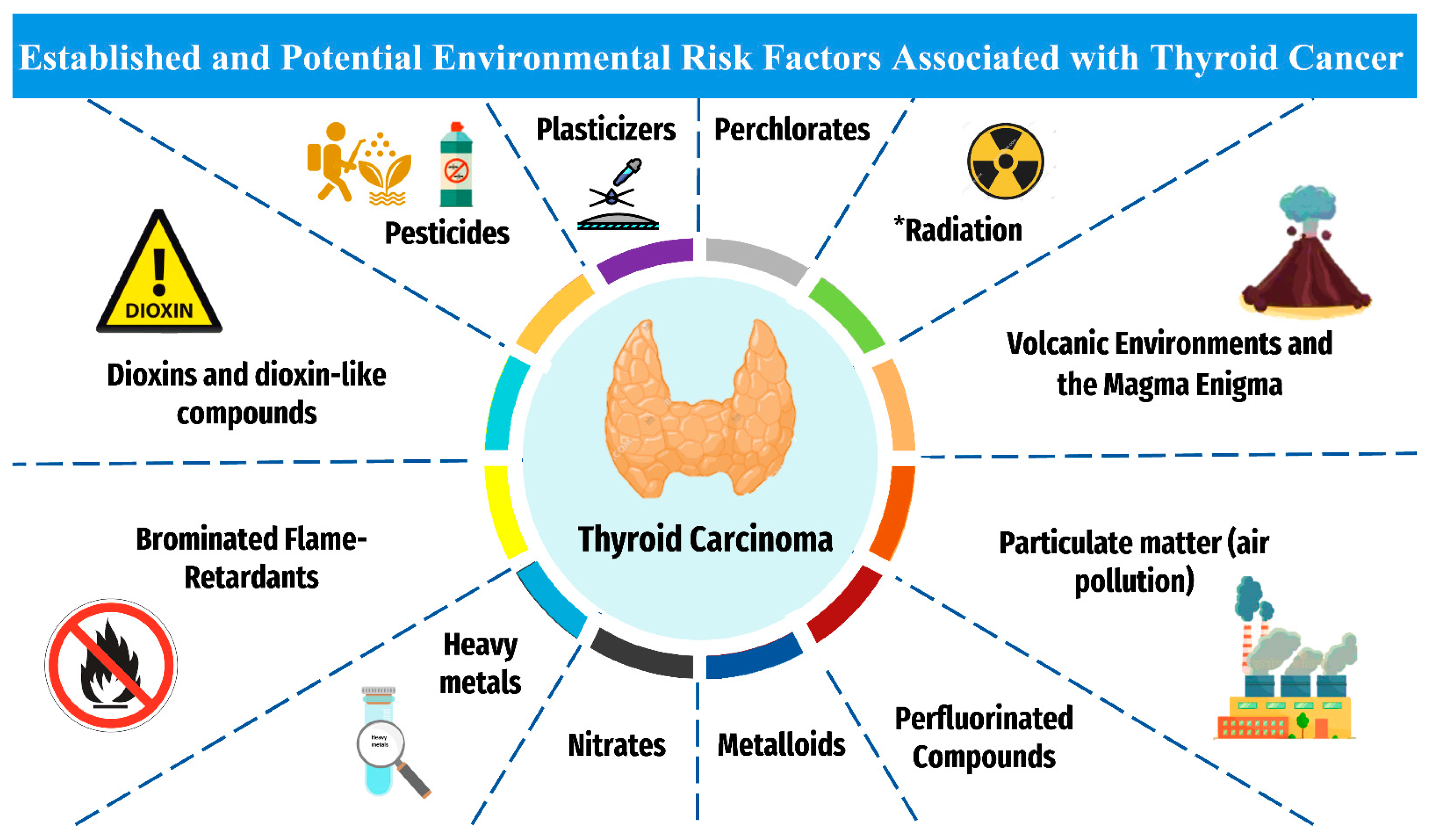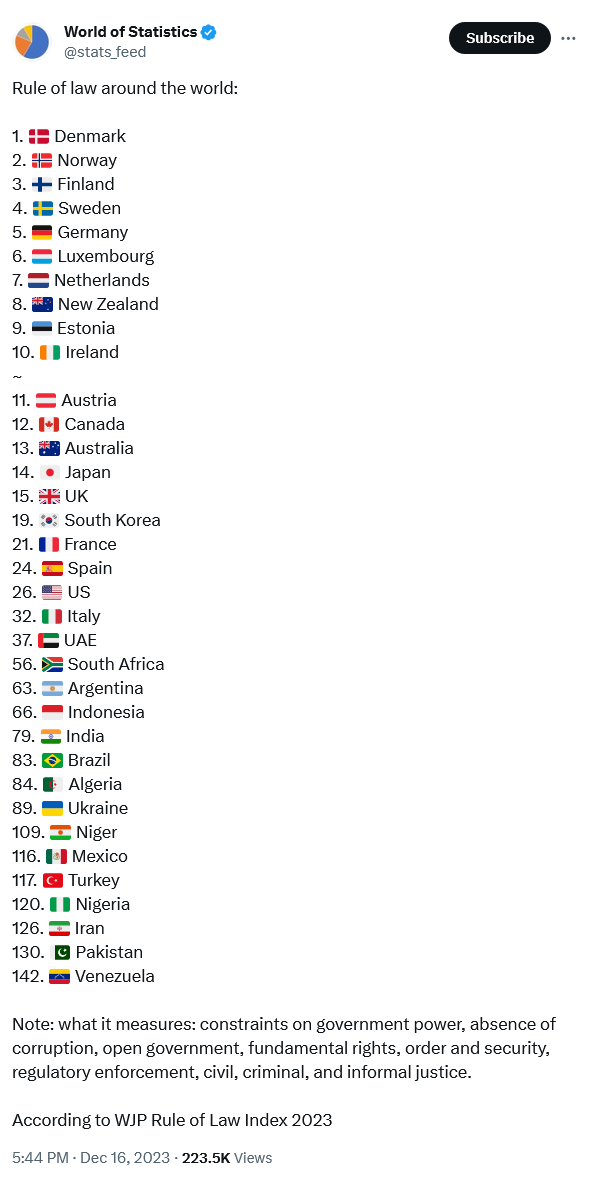Delve into the intricate world of blood cancer, exploring its types, causes, symptoms, and the potential role of environmental factors. Discover the path to early detection and avenues of hope.
#BloodCancerAwareness #ChildhoodCancer #LeukemiaInsights #CancerPrevention #MedicalResearch #HopeforCancer
Unveiling the Complexity of Blood Cancer: Understanding, Detection, and Hope
Introduction
At the core of human existence lies the intricate world of cells, with approximately 30 trillion of these microscopic entities weaving the fabric of the human body. Cells, the fundamental building blocks, undergo a perpetual cycle of growth, division, and renewal. However, when this delicate balance is disrupted, the ominous specter of cancer emerges. Recognized as the second leading cause of global mortality, cancer is a formidable adversary, rooted in genetic changes that propel cells into uncontrolled, abnormal growth.
Blood Cancer: A Global Challenge
Amidst the myriad forms of cancer, blood cancer takes center stage, impacting the very essence of our life force – blood cells. According to the World Health Organization's 2018 report, one in six individuals worldwide succumbs to cancer, highlighting its pervasive nature. While cancer is undeniably life-threatening, timely diagnosis before its progression allows for recovery and the prospect of a normal life.
Childhood and Blood Cancer
Within the realm of blood cancer, childhood cancer, particularly Acute Lymphocytic Leukemia (ALL), casts a formidable shadow. Astonishingly, an estimated 400,000 children grapple with cancer globally each year, with 10,000 children annually diagnosed in Pakistan alone. However, a stark reality prevails – only 40 to 50 percent of affected children reach treatment centers, and an equal percentage may remain undiagnosed.
Types of Blood Cancer in Children
Blood cancer in children encompasses various forms, with Acute Lymphocytic Leukemia (ALL) and Acute Myeloid Leukemia (AML) standing as prevalent culprits. Leukemia, a blood cancer, stands in contrast to lymphoma, a cancer affecting the glands. Early diagnosis becomes paramount, as it significantly enhances the chances of successful treatment.
Unraveling Symptoms of Blood Cancer
The subtle yet telling symptoms of blood cancer in children manifest in diverse ways. Decreased red blood cells may cause a yellowing of the skin, accompanied by lethargy and bloating. Reduction in white blood cells compromises immune efficiency, leading to frequent infections. Additionally, abnormal cell proliferation in the bone marrow can diminish platelet formation, resulting in bleeding from various body parts.
Early Detection: A Crucial Lifeline
Vigilance in identifying symptoms becomes pivotal for early detection. Bleeding, abdominal bloating, recurring pneumonia, persistent fever, diarrhea, and anemia should prompt immediate medical consultation. Distinguishing between leukemia and lymphoma is essential, as lymphoma enlarges glands without directly entering the bloodstream.
Causes of Blood Cancer: Unraveling the Mystery
The etiology of blood cancer remains elusive, with experts attributing it to a random mutation in the genes of white blood cells. Immune system disorders, viral infections, and genetic predispositions increase vulnerability. Moreover, certain environmental factors, such as proximity to high-power lines or exposure to pollutants, elevate the risk of cancer.
Environmental Factors and Cancer Risk
Living in areas with high levels of electromagnetic radiation, near atomic plants, or in regions scarred by warfare amplifies the risk of cancer. Contaminated water, unhygienic food, and pesticide-laden produce further contribute to the cancer landscape. Fish farms utilizing unsafe substances and chemicals in agriculture pose additional threats.
Cancer Prevention: A Holistic Approach
Strategies for cancer prevention intertwine with creating a healthy environment. A focus on pollution-free surroundings, natural farming practices, and reducing exposure to harmful substances holds promise. The linkage between a clean environment and a lower cancer risk underscores the significance of holistic, preventive measures.
Treatment Avenues: The Role of Chemotherapy
Chemotherapy emerges as a primary treatment method for blood cancer. By leveraging potent drugs, chemotherapy aims to halt the aberrant growth of cancerous cells. Despite its efficacy, the toll it exacts on the body underscores the need for continued advancements in cancer treatment modalities.
Conclusion: A Beacon of Hope
In unraveling the complexities of blood cancer, from its types and symptoms to causative factors and prevention strategies, a pathway to hope emerges. Early detection, coupled with ongoing medical research and a commitment to a cleaner environment, holds the promise of mitigating the impact of this formidable adversary. As we navigate the terrain of blood cancer, understanding, awareness, and collective efforts become the linchpins in our quest for a future free from its pervasive grip.


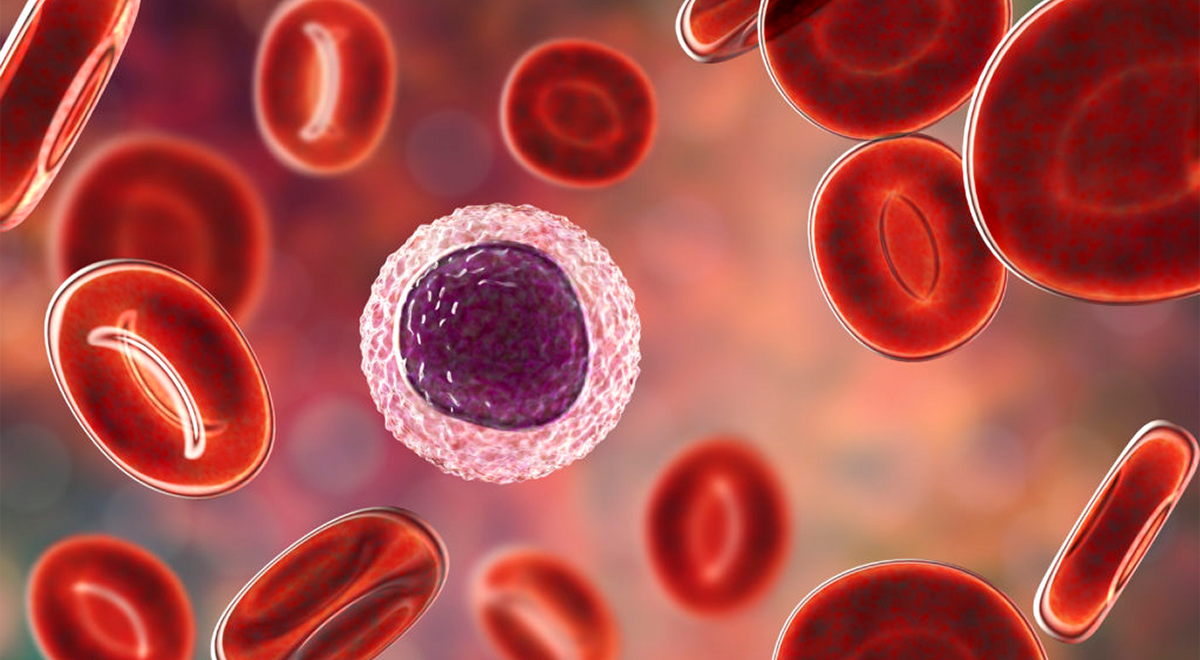


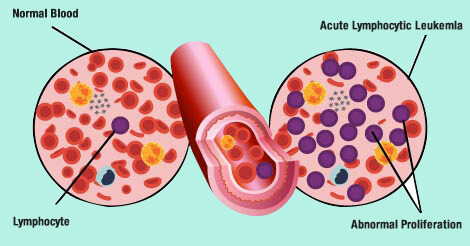
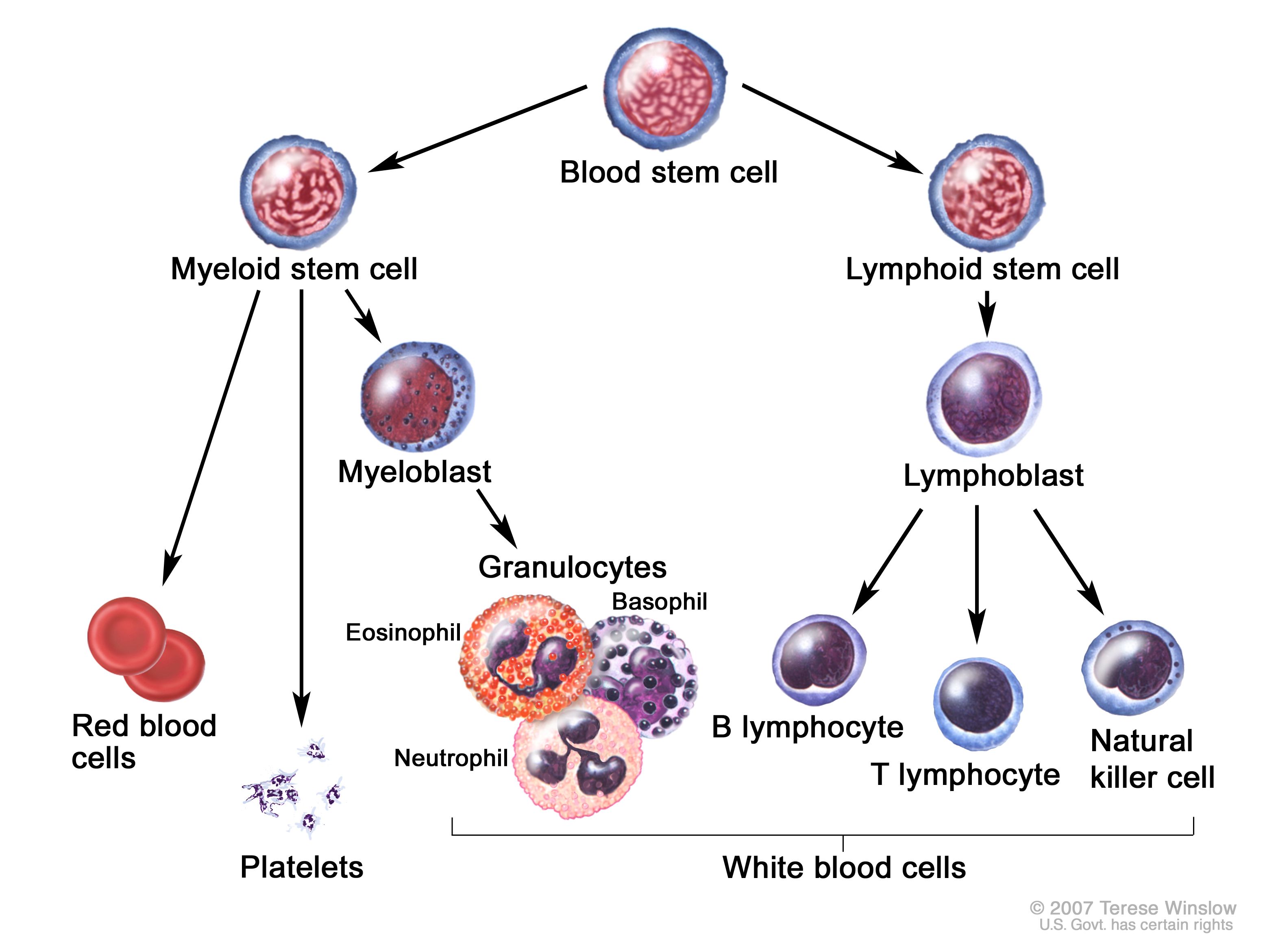
.jpg)
